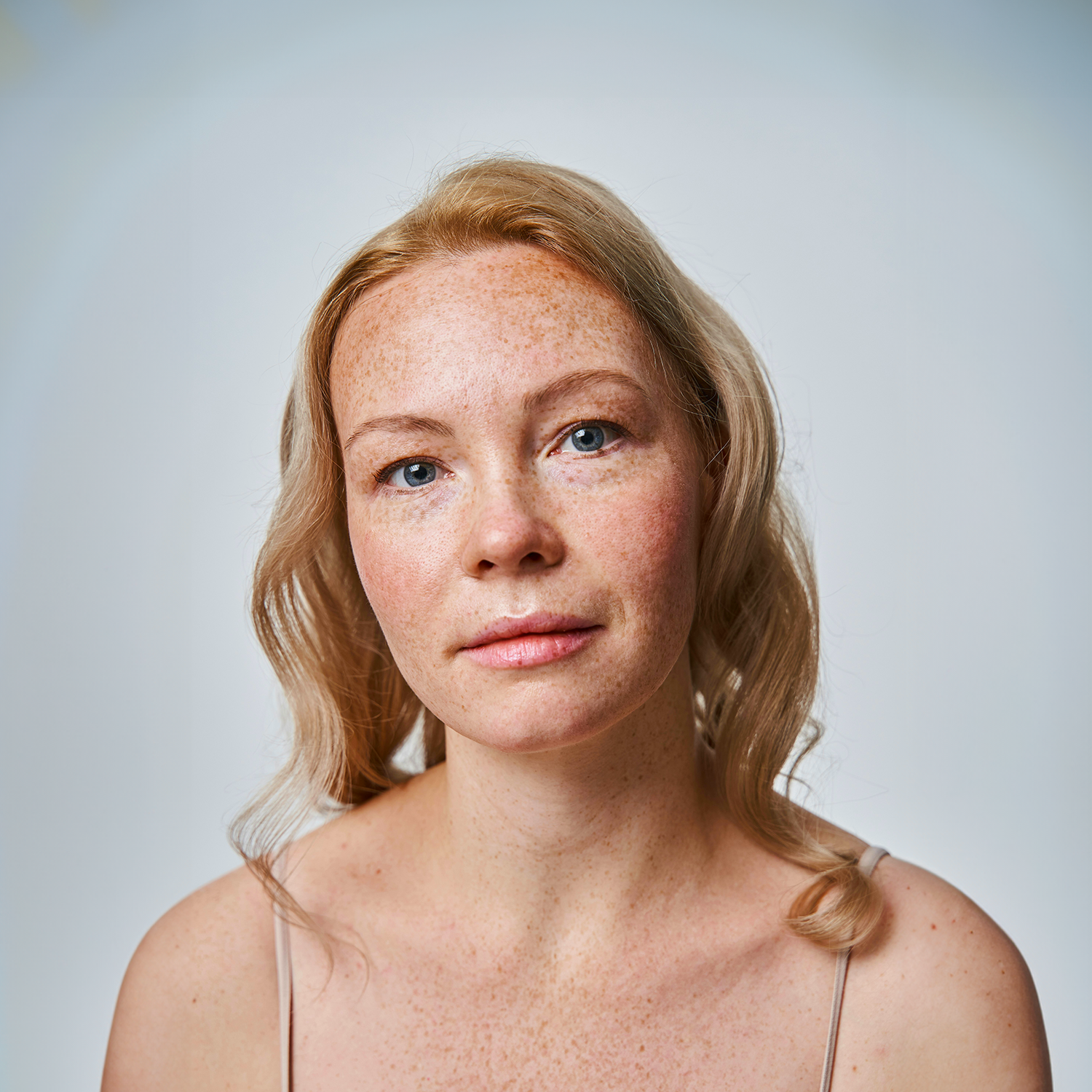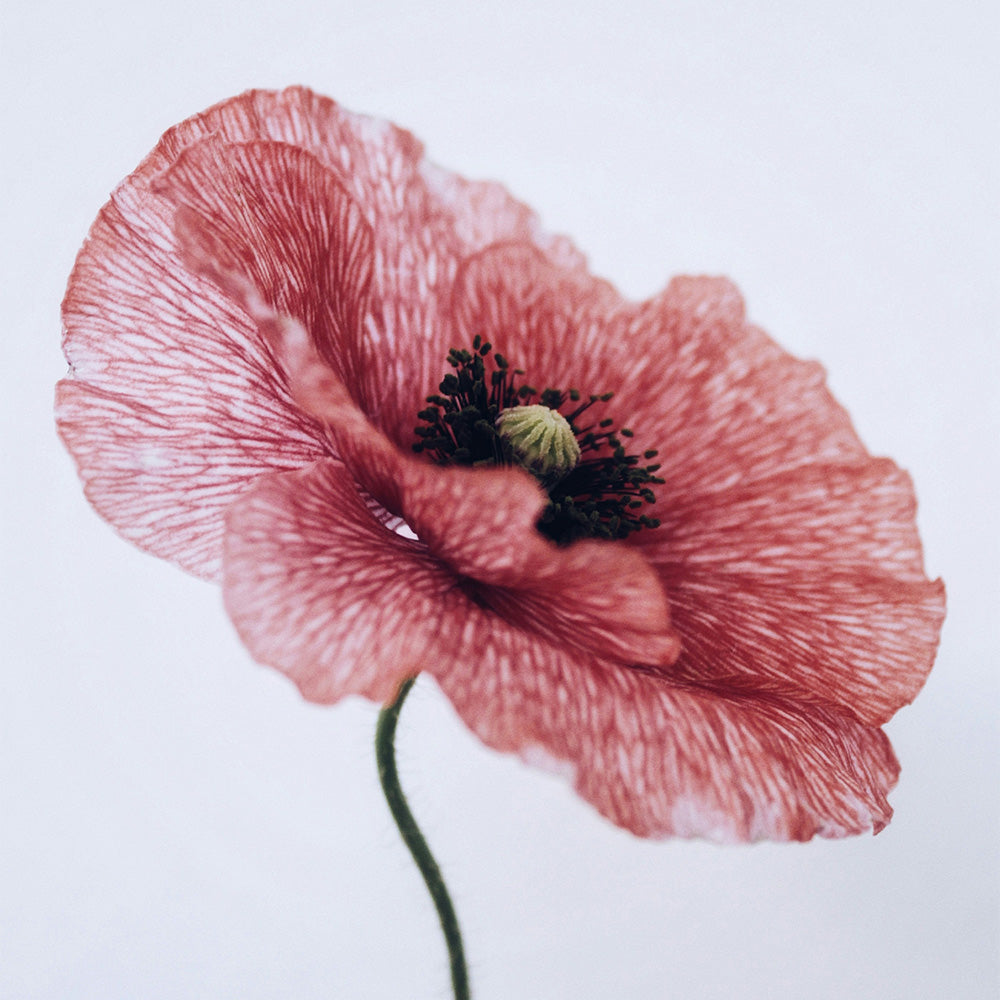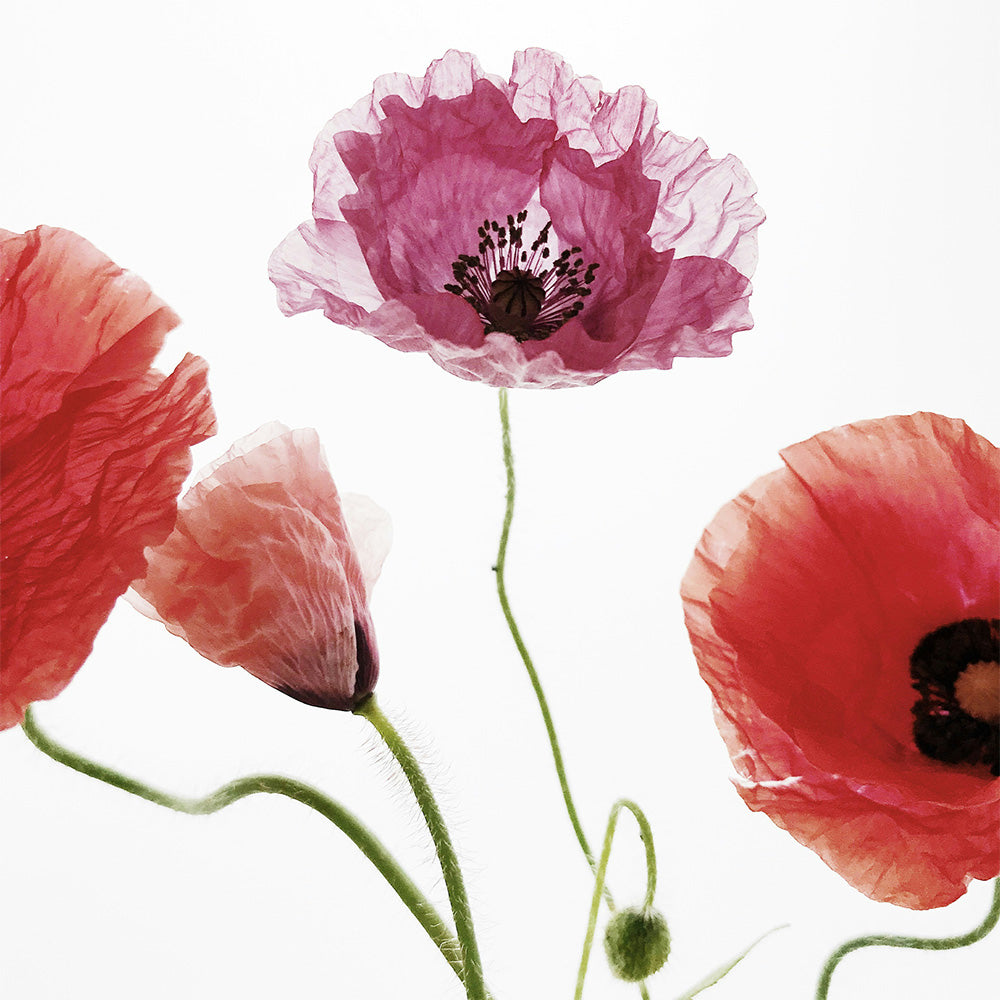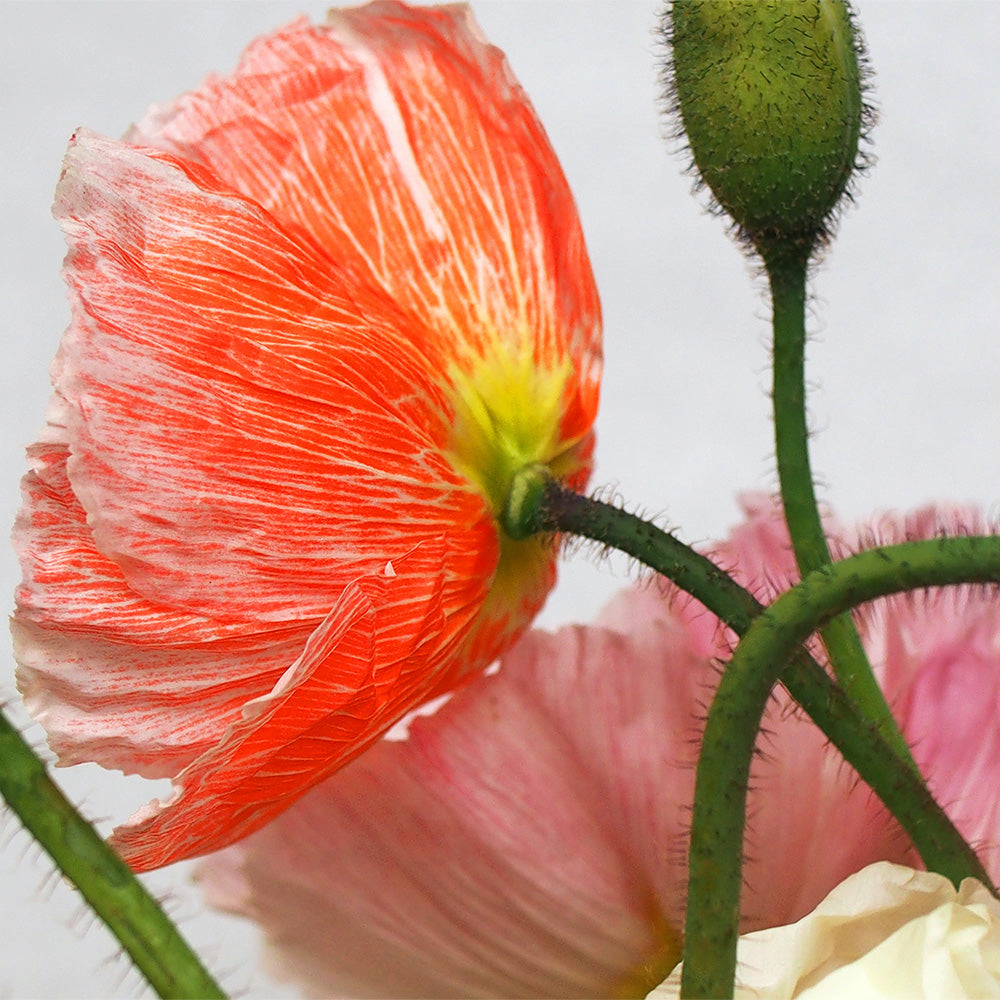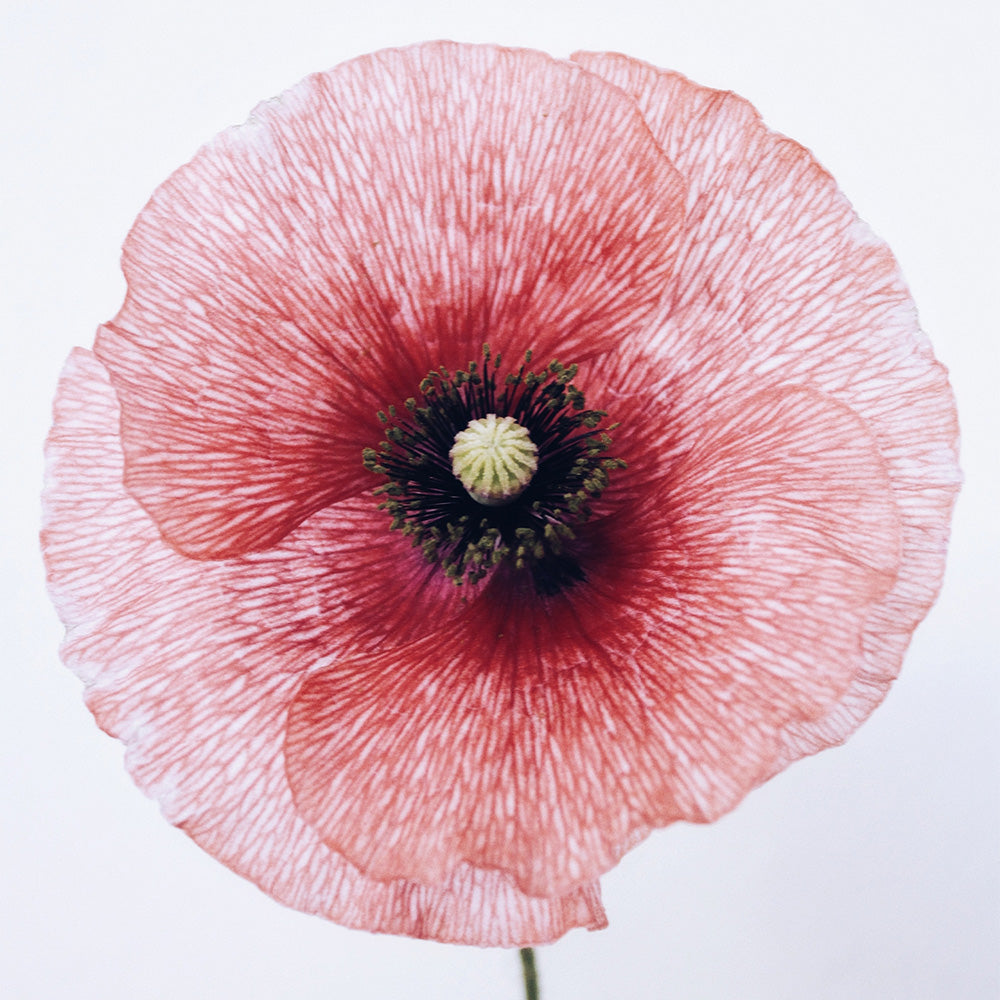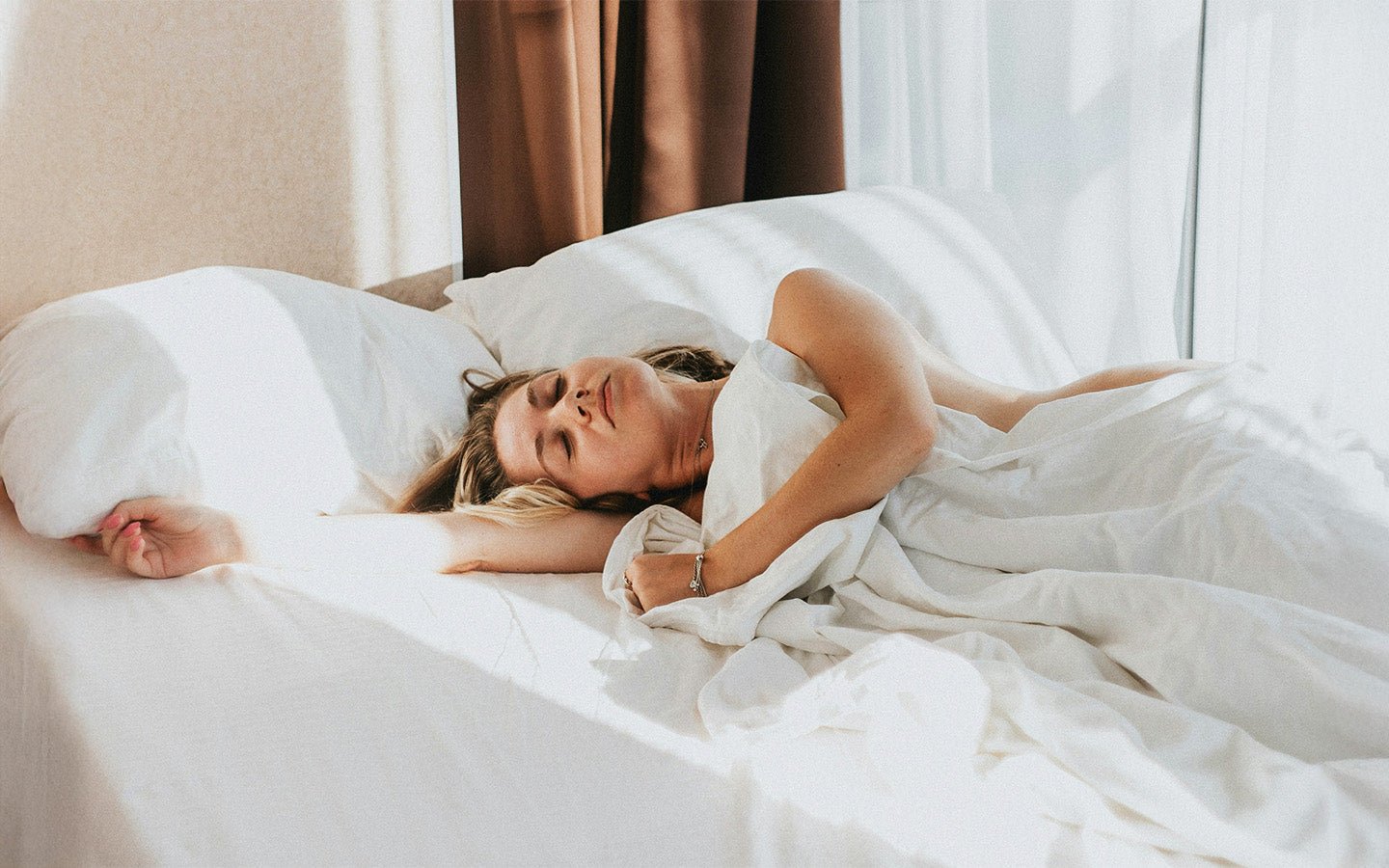
The Benefits of Facial Cupping: A Comprehensive Guide
Facial cupping is a practice from traditional Chinese medicine that has become very popular lately for those looking to improve their skin health naturally. This method uses suction cups to create a pulling effect on the skin. Many believe that facial cupping can help reduce wrinkles, shape the face, and give a brighter complexion. Let’s explore.
Key Highlights
- Facial cupping uses suction cups to gently move across the face, helping with blood circulation and lymphatic drainage.
- People who support this method think it can lessen fine lines and wrinkles, leading to younger-looking skin.
- It may also help ease muscle tension, decrease puffiness, and give the skin a bright glow.
- When performing this treatment, smaller cups are used on the face than on the body. These cups should always be moved to prevent bruising.
- This treatment is usually safe for most people, but it should be avoided by those with certain skin issues.
Introduction
Facial cupping is an alternative therapy that involves using small, soft suction cups on the face to stimulate the skin and underlying muscles. This practice is derived from the ancient technique of body cupping, which is often used in Traditional Chinese Medicine. However, facial cupping uses smaller and softer cups to gently pull the skin away from deeper layers of fascia, increasing blood flow and promoting skin rejuvenation without leaving the cup marks typically associated with body cupping.
Understanding Facial Cupping
Facial cupping is a safe treatment that uses small glass or silicone cups on the face. These cups create suction and move gently. This suction helps pull blood to the skin's surface. It is thought to boost blood flow and improve circulation. It may also aid collagen production and encourage lymphatic drainage.
By bringing more blood flow, facial cupping helps supply important nutrients and oxygen to the skin cells. Lymphatic drainage helps clear away toxins and waste. Together, these effects may improve skin tone, reduce puffiness, and lessen the appearance of fine lines and wrinkles.
The Origins and Evolution of Facial Cupping
Cupping is often linked to traditional Chinese medicine, but it actually started much earlier. One of the oldest medical textbooks in the world, the Ebers Papyrus from 1550 B.C., describes how the ancient Egyptians used cupping therapy for treating fever, pain, vertigo, menstrual problems, and other ailments.
Over time, this method spread to other cultures, including China. In Chinese medicine, cupping is thought to help with the flow of "qi." Qi is seen as the life force that moves through the body.
Recently, cupping became more popular after Olympic athletes like Michael Phelps were seen with cupping marks during the Olympic Games. This caught a lot of people's attention and brought new interest in cupping therapy, including using it on the face.
How Facial Cupping Differs from Body Cupping
The basic rules of cupping are the same whether it’s done on the face or the body, but there are some important differences. One major difference is the size of the cups. Facial cups are smaller and made from soft materials like silicone. This design is better for the delicate skin on the face.
The suction during facial cupping is lighter than in body cupping. This is because facial skin is thinner and more sensitive. When using the cups on the face, it's important to not keep them in one spot. Instead, the cups should be moved gently over the skin to avoid bruising.
Also, body cupping often leaves circular marks that can last for days. In contrast, facial cupping usually does not leave any marks if the right technique and suction are used.
The Science Behind Facial Cupping
While research about facial cupping is still growing, many people believe this practice has many good effects. It may help improve blood flow to the face. This can give skin cells more oxygen and nutrients, which might help produce collagen. This can make the skin look firmer and younger.
Facial cupping could also help lymphatic drainage. This might help get rid of toxins and lessen puffiness. As a result, the skin could look clearer and more defined. Still, we need more detailed scientific studies to really know how true these benefits are.
The Mechanism: How Suction Stimulates Skin Health
The suction from facial cupping lifts the skin upward, creating a vacuum effect. This helps blood flow increase to the skin's surface, widening blood vessels. As a result, more oxygen and nutrients reach skin cells, supporting their repair and regeneration.
The added blood flow is also thought to boost collagen production. Collagen is the protein that keeps the skin elastic and firm. By raising collagen levels, facial cupping may reduce the appearance of fine lines and wrinkles, leading to a younger and plumper complexion.
Some people believe that the gentle suction from cupping can also ease muscle tension in the face. This tension can add to the look of wrinkles and fine lines, especially on the forehead and around the eyes.
Comparing Facial Cupping with Other Techniques: Gua Sha, Lymphatic Massage, Dry Brushing, and Facial Acupuncture
Facial cupping shares similarities with other facial rejuvenation techniques in terms of their benefits. Let's see the key differences:
| Technique | Mechanism | Benefits |
|---|---|---|
| Facial Cupping | Suction, negative pressure | Uses small suction cups to increase circulation and encourage lymphatic drainage, helping to detoxify and improve skin tone |
| Gua Sha | Scraping | Involves using a flat tool to scrape the skin, promoting circulation, collagen production, and lymphatic drainage, often resulting in a more contoured appearance. |
| Lymphatic Drainage | Gentle, rhythmic suction & massage | A technique that stimulates the lymphatic system to reduce puffiness, improve circulation, and enhance skin appearance by promoting detoxification |
| Dry Brushing | Brushing with firm bristles | Involves using a stiff-bristled brush to stimulate lymphatic flow and exfoliate the skin, which can help detoxify and improve circulation. |
| Facial Acupuncture | Insertion of fine needles | Utilizes fine needles inserted into specific points on the face to enhance circulation, stimulate collagen production, and improve skin tone and texture |
While these techniques share some overlapping benefits, their mechanisms of action and areas of focus differ. Facial cupping stands out for its unique use of negative pressure, think of it as the DIY version of lymphatic drainage treatments.
Key Benefits of Facial Cupping for Women
Facial cupping can bring many benefits for women who want to improve their skin health and look. It helps with lymphatic drainage, which can define the shape of the face. This is especially true for the jawline and cheekbones.
Also, the boost in blood circulation from cupping can give the skin a youthful glow. It may help increase collagen production, which keeps the skin elastic and reduces fine lines. This can lead to a plumper and firmer complexion.
Enhancing Beauty: From Skin Elasticity to Glow
Facial cupping may help improve beauty by boosting collagen production. Collagen is a protein that gives our skin structure, but it decreases as we age. This can cause wrinkles and sagging. Cupping may help increase blood flow, which can lead to more collagen. In turn, this helps the skin look more elastic and reduces fine lines.
Also, during a cupping session, better blood circulation brings essential nutrients and oxygen to skin cells. This helps the skin look healthy and glowing. As a result, you may notice a brighter and more radiant complexion and less dullness.
Moreover, facial cupping can reduce puffiness by helping with lymphatic drainage. This technique provides a complete way to enhance your natural beauty, giving you a fresher and younger appearance.
Boosting Vitality and Longevity Through Improved Circulation
In traditional Chinese medicine, facial cupping is not just a beauty procedure. It’s a whole practice that seeks to balance the flow of "qi," which means the life force. This energy flows through paths called meridians. Cupping is thought to clear blockages and help qi flow smoothly. This can make you feel more energetic.
Facial cupping also helps improve blood circulation. This means your skin and tissues get a regular supply of oxygen and nutrients. This support helps keep them healthy.
Additionally, cupping encourages the lymph nodes. These are important parts of the lymphatic system. They help remove toxins from the body. This detox process is key for keeping a strong immune system and encouraging a longer life.
Practical Guide to Facial Cupping at Home
Facial cupping is a safe and effective treatment you can do at home, as long as you have the right tools and know-how. It's important to be gentle while using it. Avoid strong movements or too much suction to prevent bruising.
Always start by cleaning your face. Then, apply a good amount of facial oil. This makes it easier for the cups to slide on your skin. When you use the cups, move them upward. Begin from the center of your face and go outwards. This helps with lymphatic drainage.
Essential Tools and Products for Starting
Before you start your DIY facial cupping, it is important to have the right tools:
- Facial Cups: Choose small cups made just for the face. You can find these in materials like glass or silicone. Glass cups are strong, but silicone cups are softer and better for beginners.
- Facial Oil: A good facial oil helps the cups move easily on your skin, preventing tugging. Look for oils that won’t clog pores, like jojoba oil, argan oil, or rosehip oil.
- Clean Towel: Have a clean towel ready to wipe off extra oil and manage any spills during your cupping routine.
Step-by-Step Guide to Self-Administer Facial Cupping
To start facial cupping, follow these steps:
- Clean your face with a mild cleanser and softly pat it dry.
- Put a good amount of facial oil on your face and neck. This helps your skin stay smooth.
- Begin at the center of your chin. Squeeze the suction cup gently and place it on your skin. Let go and it will stick.
- Move the suction cup outwards along the shape of your face toward your hairline. Do this about 3-5 times on each area of skin.
- Repeat the same method on other parts of your face, like your cheeks, forehead, and neck. For sensitive areas, like under your eyes and lips, use smaller cups and make sure to be gentle.
- After you finish cupping, rub any leftover oil into your skin or use a clean towel to wipe off the extra. Then, you can put on your regular serum or moisturizer.
What’s Next?
Facial cupping is a fantastic way to care for your skin naturally. It boosts circulation and enhances elasticity, giving your complexion a healthy glow and a youthful appearance. A simple guide that outlines the essential tools and provides step-by-step instructions makes it easy to learn how to do facial cupping at home. This ancient technique is a gentle and effective addition to your beauty routine, perfect for enhancing your skin's overall health. Give facial cupping a try and elevate your self-care game!
Frequently Asked Questions
Can Facial Cupping Cause Bruises?
If facial cupping is not done right, it can lead to bruises. The negative pressure from the cups can break small blood vessels close to the skin, which is more likely to happen if the cups stay in one spot for too long or if too much pressure is used. This is especially true for sensitive skin.
How Often Should I Practice Facial Cupping?
The best number of facial cupping sessions depends on your skin type and issues. To get great results, it's usually good to start with one or two sessions each week. If you keep up with it, you might switch to maintenance sessions once a month. This can change based on how your skin is doing and what you want to achieve for your overall skin health.
Are There Any Risks or Side Effects?
Facial cupping is usually safe for most people. However, there are some risks and side effects. Some might feel mild redness, soreness, or small bruises, especially at the start. This happens because the suction pulls blood up to the skin’s surface. It can also cause temporary inflammation in the capillaries.
Can Facial Cupping Help with Acne or Other Skin Conditions?
Some people think that facial cupping can help with acne. They believe it helps drain the lymphatic system and also cuts down inflammation. However, there isn't much scientific evidence to back this up. If you have bad acne or other skin problems, it's smart to talk to a dermatologist or a qualified healthcare professional. They can give you the best treatment options.
How to Find a Qualified Practitioner for Facial Cupping?
To find a qualified person for facial cupping, you can look online for lists of licensed acupuncturists. Many spas provide this service as well, so ask about the training and experience of their practitioners in facial cupping. Before you book a session, set up a consultation to talk about your concerns. This will help you to see if the practitioner is a good fit for you.
